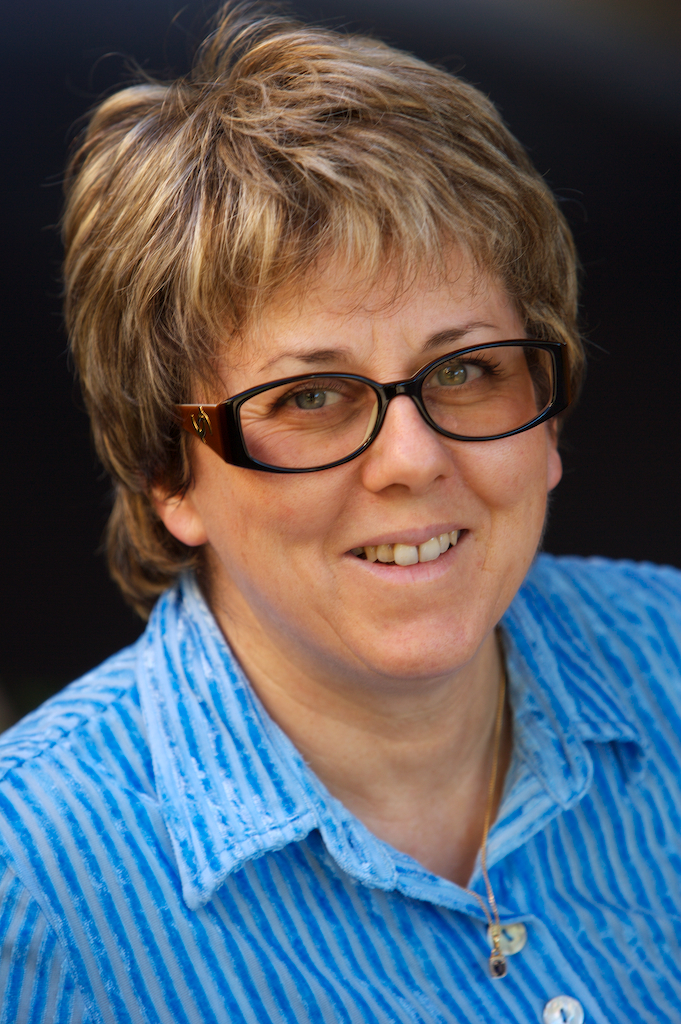Ayana, new exploratory action for Inria
Date:
Changed on 10/03/2020
Ayana is a feminine first name that could find its roots in North American Indian, Asian and African culture, meaning "eternal flower" or "beautiful flower". This name also exists in Japan and the Maghreb. Finally, it is a short story by Stephen King, which appeared in a review in 2007 and was included in the collection of short stories "Just before dusk" in 2008.
The aerospace sector is in full expansion and evolution ("New Space"). It is currently undergoing numerous developments both from the point of view of sensors at the spectral and spatial level (very high resolution), and from the point of view of the carriers of these sensors: high-resolution geostationary satellites; low orbit satellites (LEO type); or mini-satellites and industrial cube sats in constellation.
Ayana will work on a large amount of data, consisting of very large images, with a wide range of resolutions and spectral components, and forming time series at frequencies from 1 to 60 Hz. For the electronics/on board computing part, Ayana will work in close collaboration with specialists in the field located in Europe, working in space agencies and/or for large industrial groups.
The exploratory aspect of Ayana lies in the use of new components on board mini/micro satellites, or cube sats, and the creation of adapted image processing models. The study of the constraints and the evaluation of the risks linked to the use of these new components will be done in collaboration with ADS or with the French Space Agency (CNES), depending on the research subjects, in order to decide which processing is possible on board and what will have to be processed on the ground after transmission.
This research theme will certainly give rise to new mathematical models because the constraints and a priori will probably be different from the cases we have already dealt with in my previous teams (Ayin and Ariana). Algorithmic constraints are also likely to be important both in terms of computing time and complexity of the algorithm that can be used because of the new embedded chips.

Responsible for the Ayana exploratory action
2004, route des Lucioles
BP93
,
06902 Sophia Antipolis